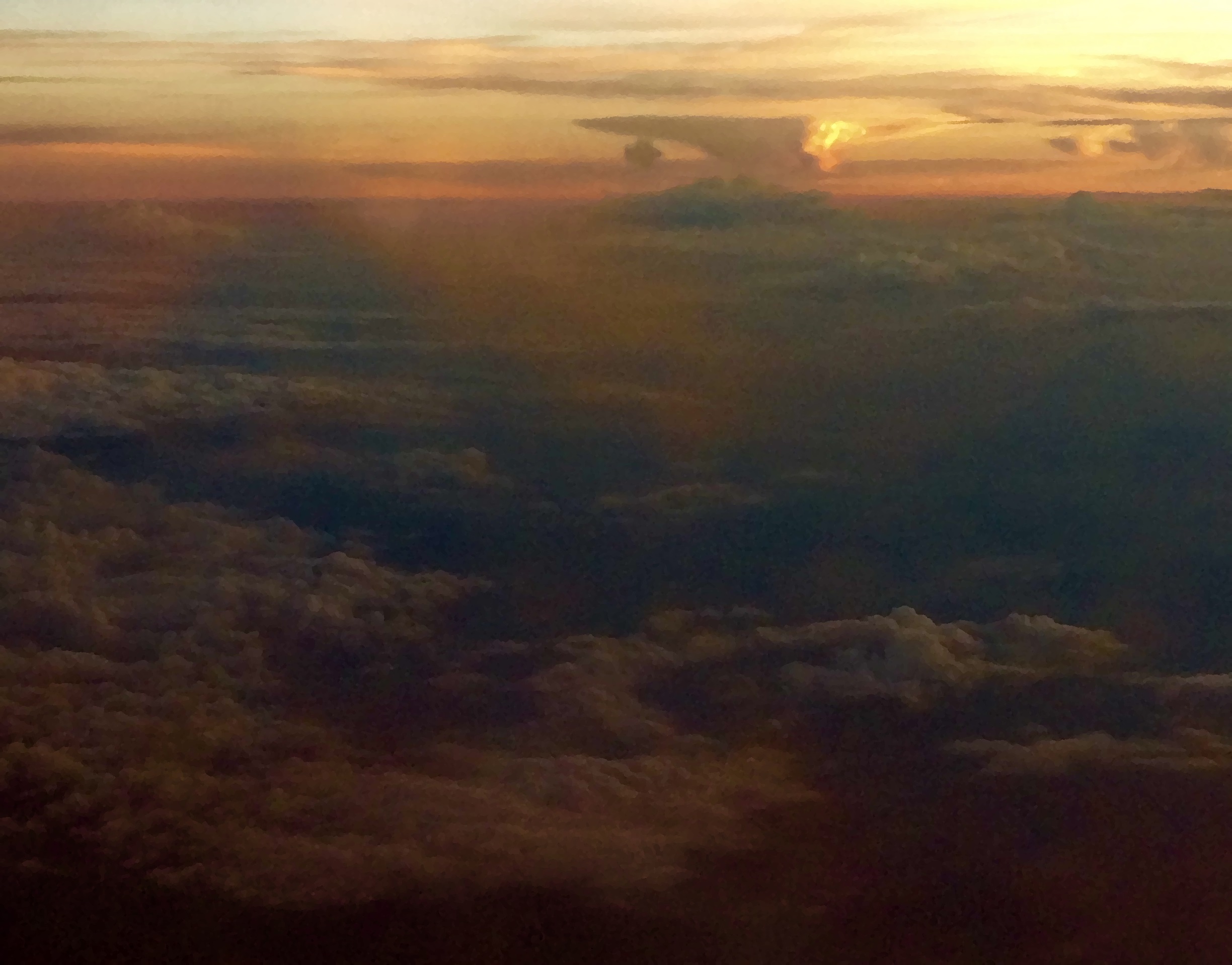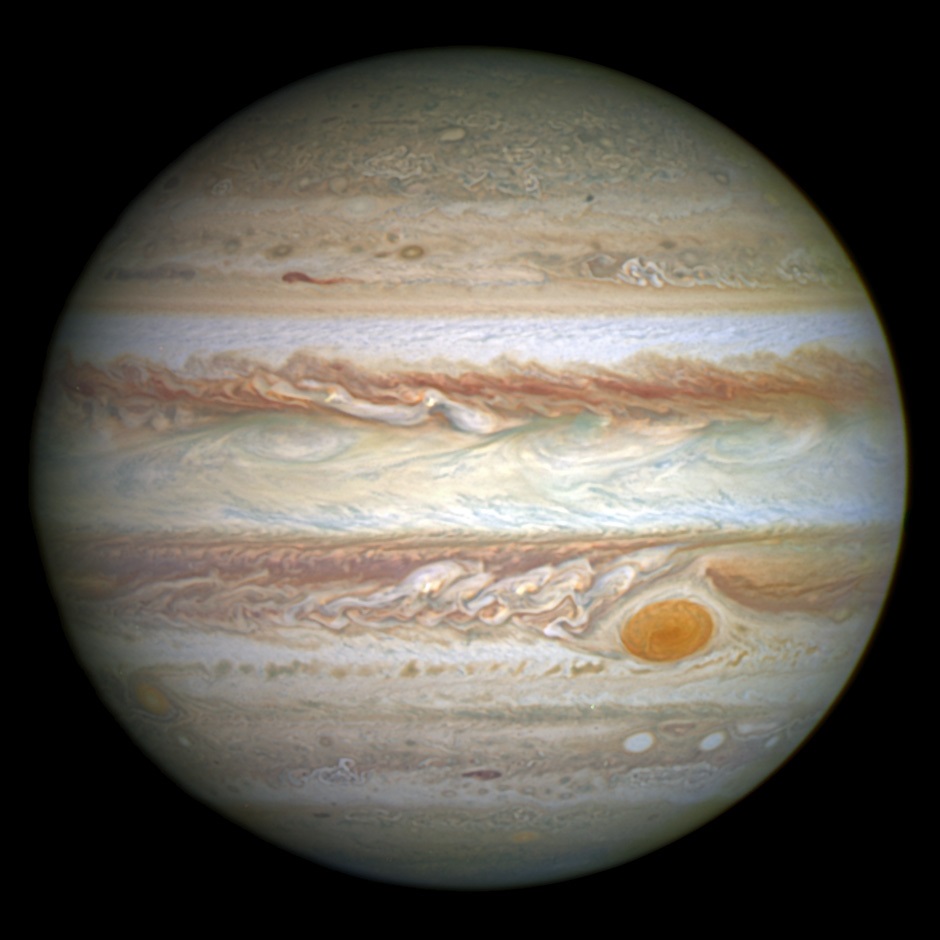Jupiter
Jupiter is the largest planet in the Sol system, being a gas giant of considerable mass (and in fact lending its name to the jovian planetary class, as the archetype of joviae.) Appropriately named for the Roman god of storms, Jupiter is a cold and violent world, bearing enormous cyclones several times larger than its own moons and overwhelmingly potent radiation belts within its magnetic field. While living on the planet itself is impossible for a variety of reasons, its vast gravity well (called the Jovian Sphere or Jovian System) is well-populated: its four largest moons, as well as numerous minor moons, are inhabited by over half a billion humans.
Geography
Location
Jupiter is the fifth planet out from its sun, Sol, and is the primary force keeping the Sol Belt stable in its orbital zone. It is surrounded by a small, sparse ring system and an extremely powerful magnetosphere. Jupiter has 86 natural satellites, the largest and most significant of which are the four so-called "Galilean Moons": Io, a sulfur-laden and highly volcanic rocky world; Europa, a frozen world hiding a vast water ocean between its icy crust and iron-silicate core; Ganymede, the only moon in the system with a natural magnetic field and its own subsurface ocean; and Callisto, a deeply scarred and tidally-locked body outside the main radiation belts. Jupiter also has a large number of human-built artificial satellites (notably Phaeton Station) in its orbit.Structure
Jupiter is primarily composed of hydrogen and helium, with other light elements and gases comprising the rest. It has a core of semi-liquid metallic hydrogen, but as is typical for a gas giant Jupiter lacks a solid surface. The outer jovian atmosphere is divided into several visible bands at different latitudes, resulting in turbulence and storms along their boundaries, the largest of which is a giant storm the size of Earth called the "Great Red Spot."Ecosystem
Jupiter itself is not host to any life at all, but its moon Europa hosts an unusual branch of highly derived terragenid organisms, distantly descended from microbial life carried there on Carboniferous-era impact ejecta from Earth.Natural Resources
Though Jupiter is a bountiful source of both hydrogen and helium, its intense gravity well makes extracting resources from the planet itself quite a challenge even for fusion torchships. Jupiter’s biggest export of the present day is energy, provided by passive induction stations on Io that generate massive currents as they pass through the powerful magnetic field of the stormy giant. The currents are used to power enormous, precisely-calibrated microwave laser beaming arrays that transmit energy across the system, a method that has been replicated in other star systems with suitable conditions.Archive Data
- Io (selena)
- Europa (erima)
- Ganymede (erima)
- Callisto (erima)
- 88% hydrogen
- 11% helium
- 0.3% methane
- 0.7% other gases
(JOVIAN SPHERE)







Loved this: "Terragenid organisms derived from the microbes that arrived on Chicxulub impact ejecta."
Ah yeah, I thought that was a clever bit of worldbuilding myself! It's a very fun hypothesis but it's rather out there in terms of probability.